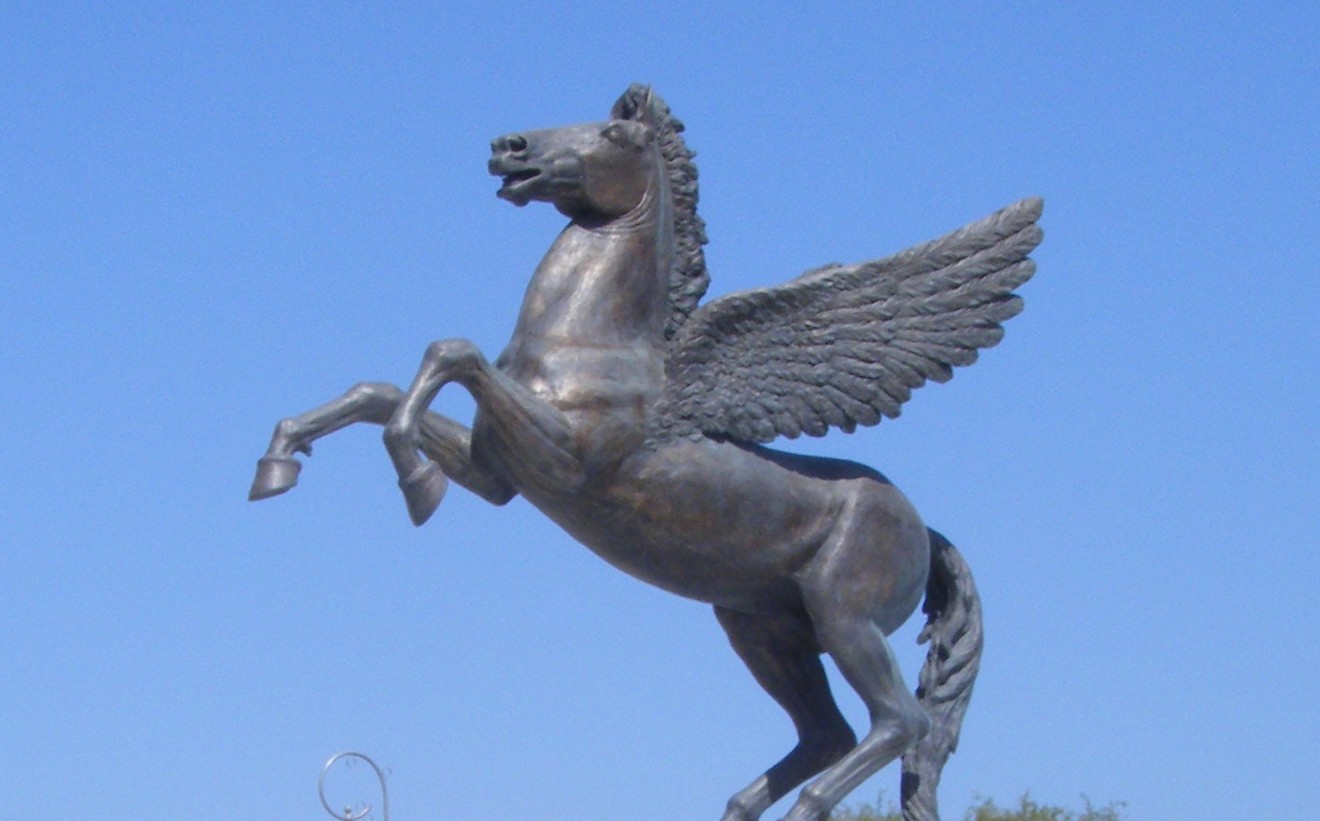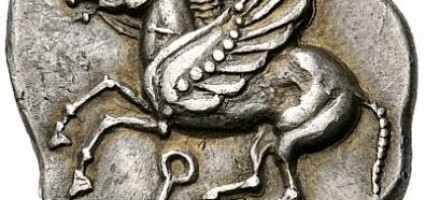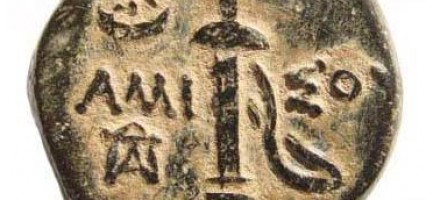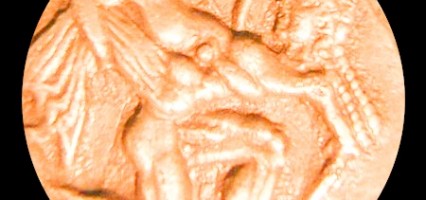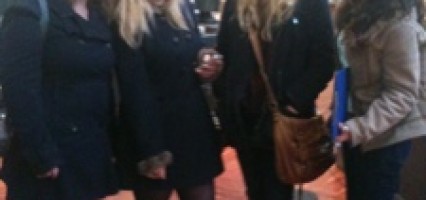Memory and impression: A walk-through in the Peloponnese.
Tegea, 12–13 December 2019 The event is set to function as a herald of the temporary exhibition Memory and impression: A walk-through in the Peloponnese using ancient coins as a guide (to open in May 2020 at the Archaeological Museum of Tegea). The contributions to the Colloquium include perspectives by historians, numismatists, archaeologists, art historians, and so on, broadening the spectrum of the approaches and the information to be offered. Organisers: KIKPE – Stassinopoulos-Viohalco Foun... »
